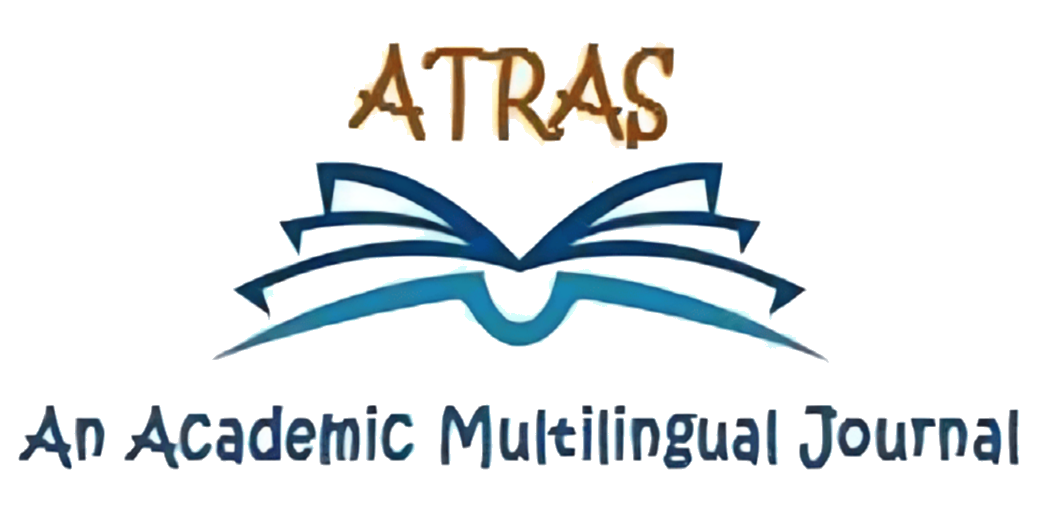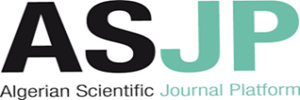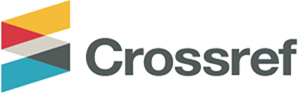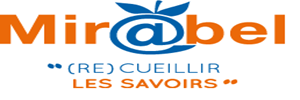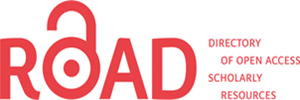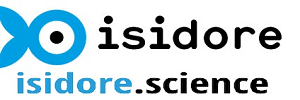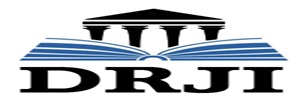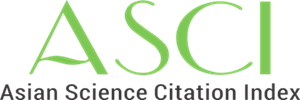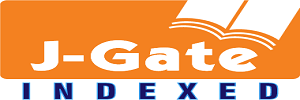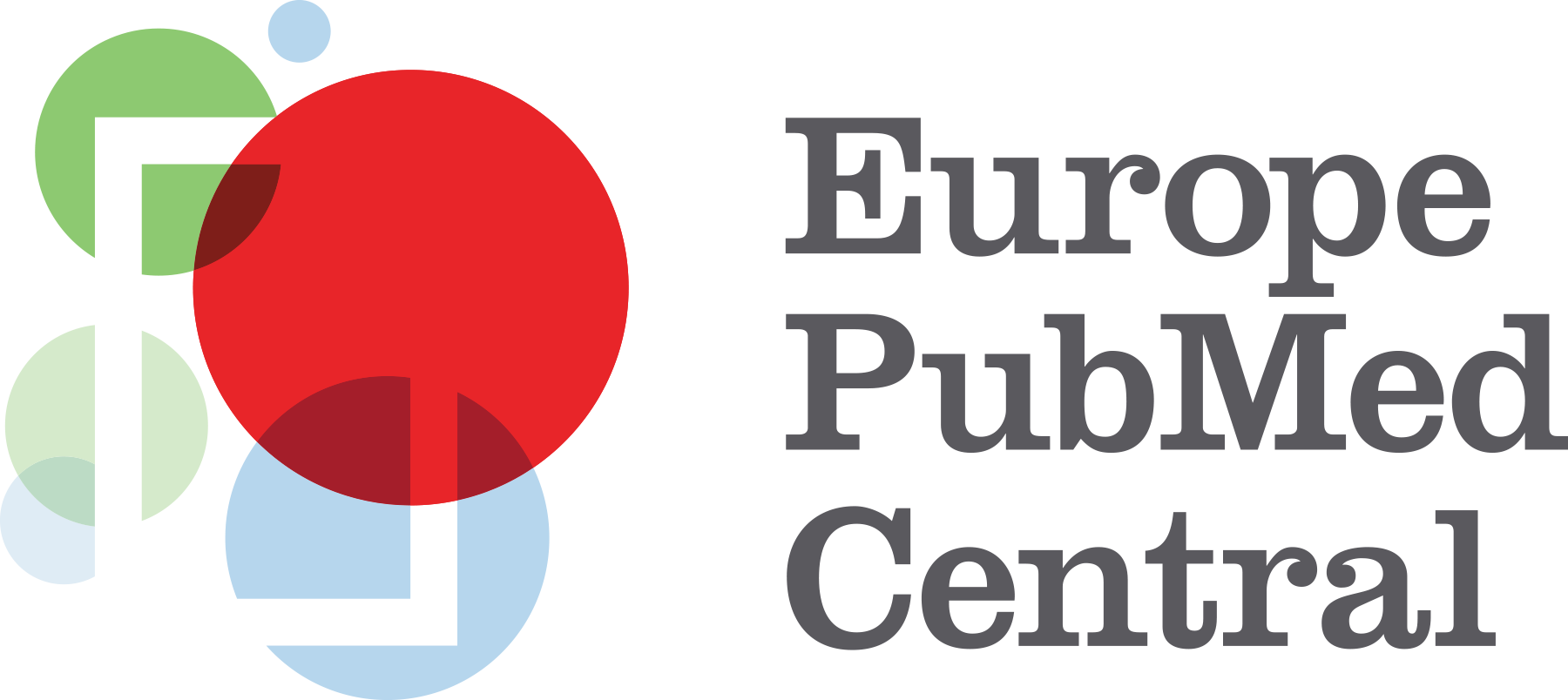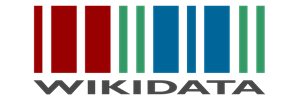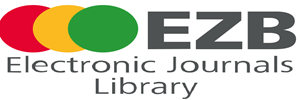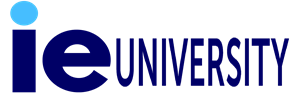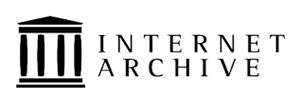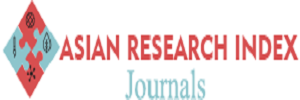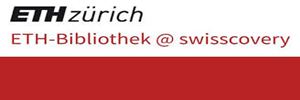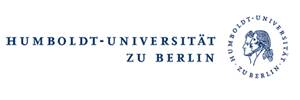Integrating Artificial Intelligence Technology in Algerian Education: A Blessing in Disguise
Chahida HADEF
Oran 2 University, Algeria
chahdhadef@yahoo.fr
https://orcid.org/0000-0003-3585-9539
Abstract
Over the past few years, artificial intelligence has been changing the way humans see the world. Every facet of our society is being impacted, from the widespread use of mobile devices to increasingly complicated work environments. Even if we might not notice it in action, it also enhances our general well-being. The goal of the Algerian AI task force is to develop an AI strategy for Algeria to foster an understanding of how new technologies can be used to enhance people’s quality of life. This will ensure that Algeria remains at the forefront of technological innovation. This paper seeks to explore to which extent Algerian universities and researchers deal with AI services and how they managed to invest in its benefits and avoid its drawbacks, so that, it would be possible to use AI wisely and responsibly in the future. To do so, qualitative research has been conducted with seven post-graduated researchers. The data were gathered through a semi-structured interview and the analysis revealed that Algerian universities are not really ready to adopt AI policies either because of the lack of material or curriculum updating and teachers ‘ training fortunately researchers tend to use AI in their research papers and struggle to avoid plagiarism.
Keywords: Artificial Intelligence, benefits, drawbacks , education, policy, plagiarism
DOI: https://doi.org/10.70091/Atras/vol06no01.11
How to Cite this Paper :
Hedef, C. (2025). Integrating Artificial Intelligence Technology in Algerian Education: a Blessing in Disguise. Atras Journal, 6 (1), 173-186
References:
Adams, H. ( 1907 ). Education of Henry Adams. Collected Works of Henry Adams (1983). Library of America.
Bloom, B. S. (1984). The 2 Sigma Problem: The Search for Methods of Group Instruction as Effective as One-to-One Tutoring. Educational Researcher,13(4), 4-16.http://dx.doi.org/10.3102/0013189X013006004
Cardona, M. A.(Ed.). (2024). Artificial Intelligence and the Future of Teaching and Learning Insights and Recommendations.USA: Washington, DC
Coursera Staff, (2024). What Is Artificial Intelligence? Definition, Uses, and Types. Coursera:https://www.coursera.org/articles/what-is-artificial-intelligence
Fletcher,P.C.Happe, F., &Frith,C. D.(1995). Other Minds in the Brain: A Functional Imaging Study of “Theory of Mind” in Story Comprehension.Cognition,57(2), 109-128
Fletcher, J. D. (1995). Meta-Analyses ofthe BenefitsAnalysis of Educational Technology. The Costs and Effectiveness of Educational Technology. A. Melmed, RAND DRU-1205-CTI.
Göçen,A.,& Aydemir,F.(2020).Artificial Intelligence in Education and Schools. ResearchonEducationandMedia,12(1),13-21
Graesser, A. C., & Person, N. K. (1994). Question asking during tutoring.American Educational Research Journal, 31(1), 104–137.https://doi.org/10.2307/1163269
Hmelo-Silver , C. E. ( 2002 ). Collaborative ways of knowing: Issues in facilitation. In G. Stahl (ed.), Computer Support of Collaborative Learning(pp. 199-208). Hilldale, NJ , Erlbaum.
Maslej, N.et al. (2023). The AI index 2023 annual report. Stanford University: AI Index Steering Committee, Institute for Human-Centered AI.
McArthur,J.M.Kennedy,W.J .Chen,M. Thirlwall,M.F., & Gale,A.S.(1994).Strontium isotope stratigraphy for Late Cretaceous time: Direct numerical calibration of the Sr isotope curve based on the US Western Interior.Palaeogeography, Palaeoclimatology, Palaeoecology,108(1-2),95-119
Regian, J. W., Seidel, R.J., Schuler, J.,&Radtke, P. (1996). Functional Area Analysis of Intelligent Computer-Assisted Instruction, Training and Personnel Systems Science and Technology Evaluation and Management.Committee, USA.
Regona,M. Yigitcanlar,T. Xia,B., & Li, R. (2022). Opportunities and Adoption Challenges of AI in the Construction Industry: A PRISMA Review.Journal of Open Innovation Technology Market and Complexity,8(1),45-51.
Sadiku, M. N. O., Musa, S. M., & Chukwu, U. C. (2022). Artificial Intelligence in Education.IUniverse: USA
Turing, A. M. (1950).Computing Machinery and Intelligence. Mind,49,433-460
Sadiku, M. N. O.,Musa,S. M.,& Chukwu,U. C. (2022). Artificial Intelligence in Education.IUniverse:
USA U.S. Department of Education, Office of Educational Technology. (2023).Artificial Intelligence and Future of Teaching and Learning: Insights and Recommendations.Washington, DC.

Copyright for all articles published in ATRAS belongs to the author. The authors also grant permission to the publisher to publish, reproduce, distribute, and transmit the articles. ATRAS publishes accepted papers under the Creative Commons Attribution-NonCommercial 4.0 International (CC BY-NC 4.0) License. Authors submitting papers for publication in ATRAS agree to apply the CC BY-NC 4.0 license to their work. For non-commercial purposes, anyone may copy, redistribute material, remix, transform, and construct material in any media or format, provided that the terms of the license are observed and the original source is properly cited.
